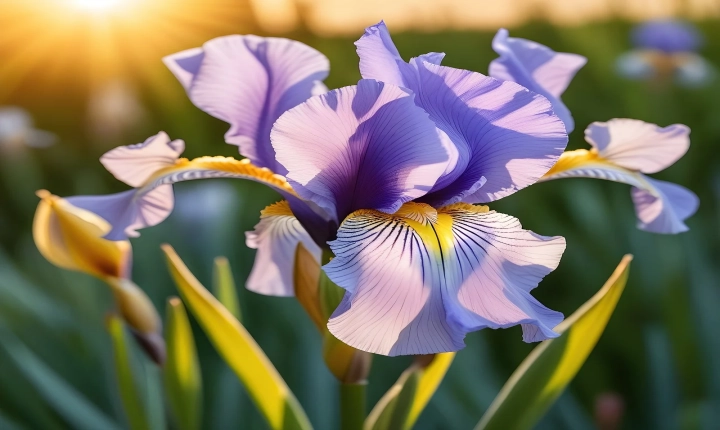Artificial Intelligence (AI) has made significant advancements in the field of art creation. One of the most intriguing applications of AI in art is the AI art generator. This technology has the capability to generate stunning and unique artworks based on algorithms and trained models. But how does an AI art generator work?
The AI art generator utilizes a technique known as Generative Adversarial Networks (GANs). GANs consist of two neural networks – the generator and the discriminator. The generator creates new art pieces based on a set of input parameters, while the discriminator evaluates the generated art and compares it to a database of existing artworks. This feedback loop allows the generator to continuously improve its creations to better match the existing artwork, creating a more realistic and visually appealing output.
To train the AI art generator, a large dataset of artworks is used as a reference. This dataset can include paintings, drawings, sketches, and photographs. The AI system analyzes this dataset to learn the characteristics, styles, and patterns of the different art forms. This process enables the generator to understand and reproduce the aesthetics and styles of various artists and art movements.
Once the AI art generator is trained, it can produce new and original artworks by generating novel combinations of styles, compositions, and visual elements. This can include creating landscapes, portraits, abstract art, and even emulating the style of famous artists. The generated artworks are not mere imitations but rather unique and original pieces inspired by the learned artistic characteristics.
One of the key advantages of using an AI art generator is its ability to produce art at a rapid pace. Human artists may take hours, days, or even weeks to create a single piece of art, whereas the AI art generator can produce multiple artworks in a matter of minutes. This speed allows for a high volume of output, providing a wide range of options for art enthusiasts and professionals.
Furthermore, the AI art generator can be used as a tool for artists to explore new ideas, experiment with styles, and overcome creative blocks. It can also serve as a source of inspiration, providing a starting point for further artistic exploration and refinement.
While the AI art generator has the potential to democratize art creation and provide new opportunities for artistic expression, it has also raised questions about the nature of originality and authorship in art. Some may argue that the generated artworks lack the depth and emotional resonance that human-created art possesses, while others may view it as a revolutionary tool for expanding the boundaries of art.
In conclusion, AI art generators work by leveraging GANs and training on a dataset of existing artworks to generate new and original pieces. This technology has the potential to transform the art world by offering novel and diverse art forms while also raising important ethical and philosophical questions about the nature of art and creativity. As AI continues to advance, the impact of AI art generators on the art world is likely to be profound, sparking new discussions and possibilities in the field of art creation.
